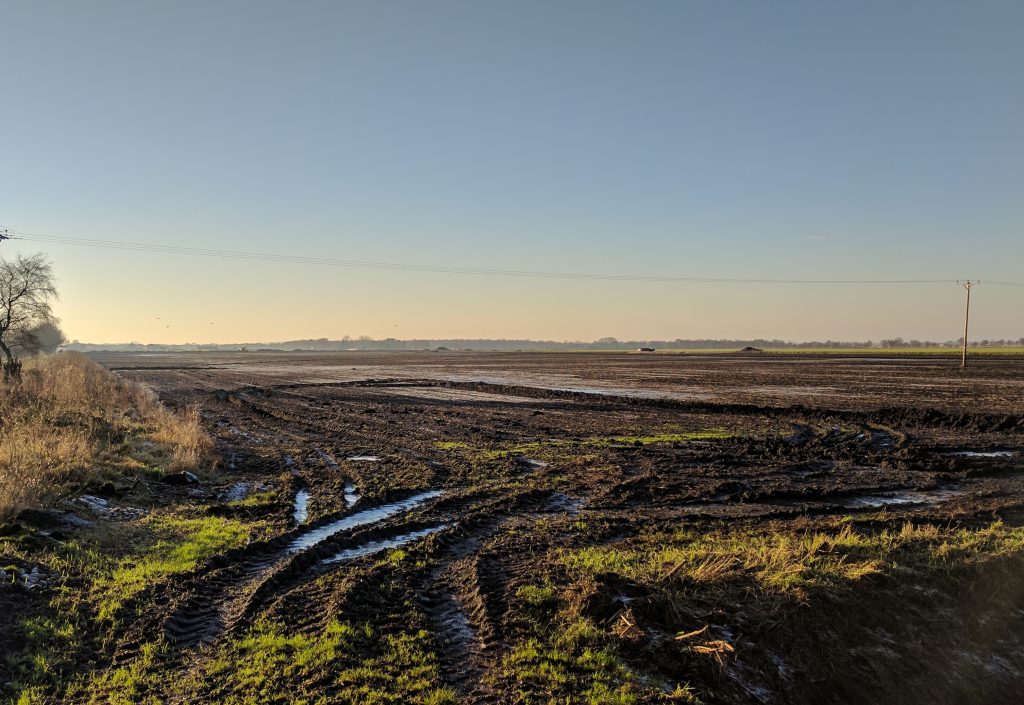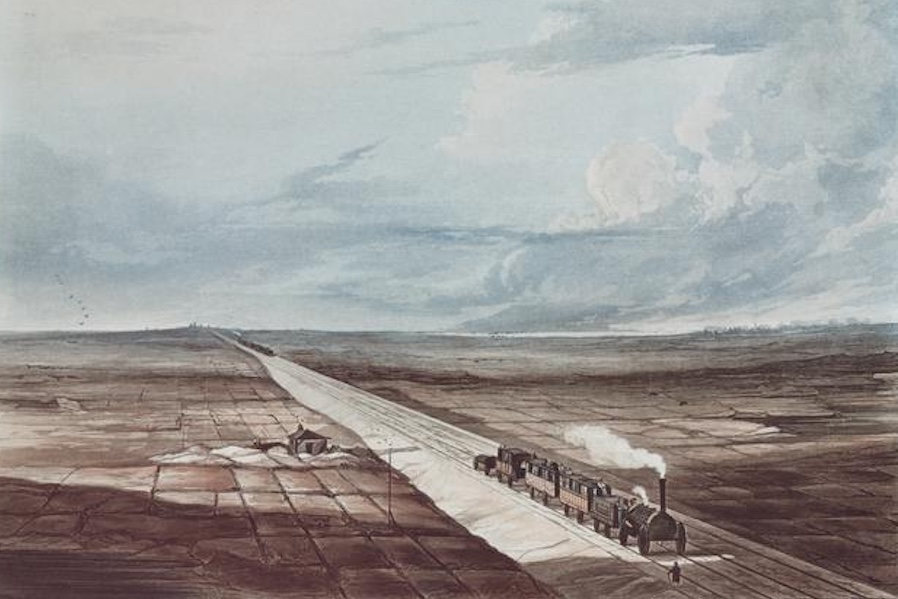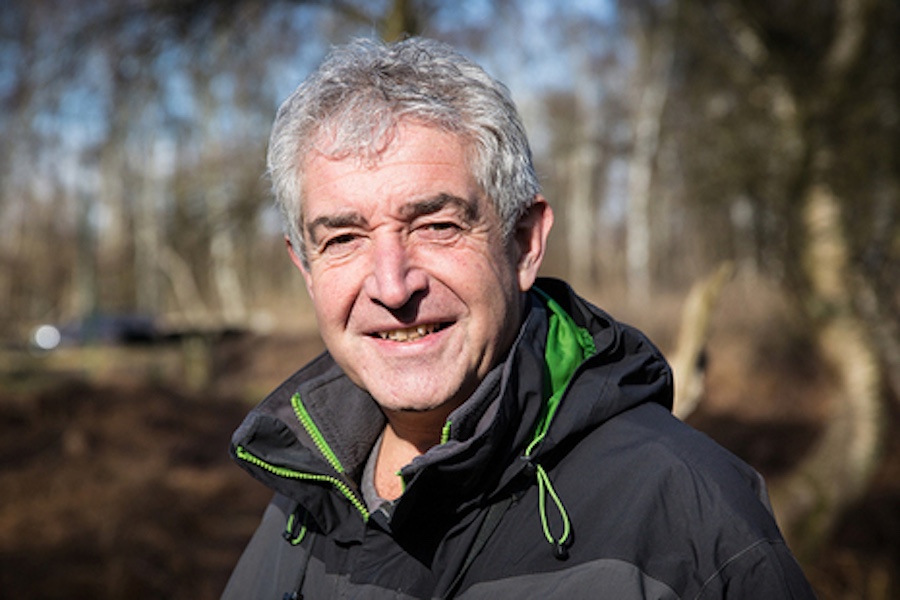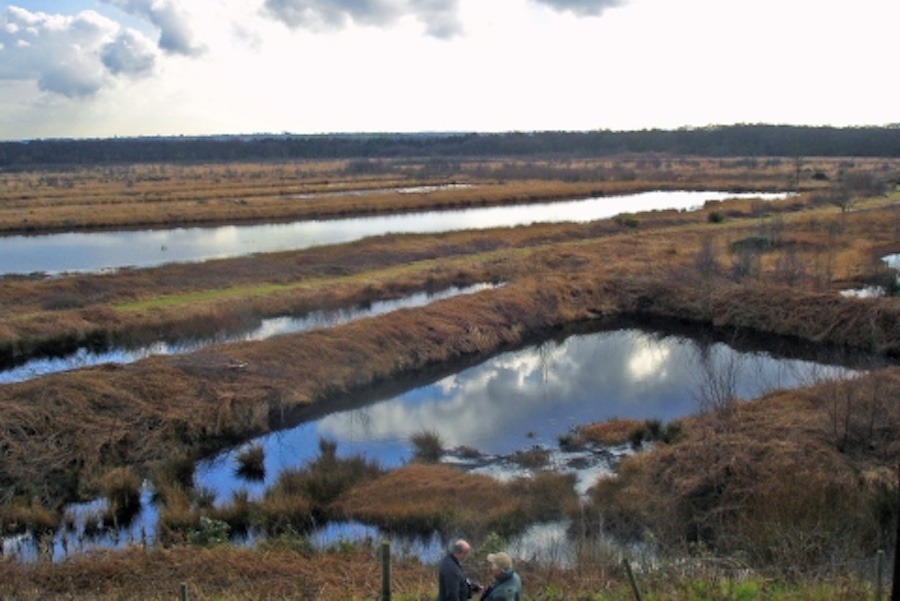A new National Nature Reserve (NNR) is opening up across the mosslands west of Manchester, offering millions of residents access to some of the most ecologically important landscapes in the country.
The newly launched Risley, Holcroft and Chat Moss National Nature Reserve stretches across a mosaic of peatlands between Salford, Irlam, Cadishead, Wigan, and Warrington, forming part of the wider Great Manchester Wetlands.
Chat Moss National Nature Reserve
 Chat Moss
Chat Moss
This vital green corridor is now recognised as part of the King’s Series of National Nature Reserves, one of only 25 flagship sites being created by 2027 to help nature recover and reconnect communities with the natural world.
Why It Matters to Greater Manchester
Chat Moss National Nature Reserve
This new reserve puts nature within 10 miles of over 2.7 million people, including residents in some of the most densely populated areas of Greater Manchester. It includes the mosslands that hug the western edges of Salford, Trafford, and Wigan, giving families, walkers, cyclists and schools easier access to open, wild green space on their doorstep.
These sites, Chat Moss, Holcroft Moss, and Risley Moss, form a rare and ancient habitat that’s been 10,000 years in the making. They’re home to curlew, lapwing, adders, lizards, and unique peatland plants like sundew.
 Manchester-Liverpool railway – Photocredit: Science and Industry Museum
Manchester-Liverpool railway – Photocredit: Science and Industry Museum
Once at the heart of the Industrial Revolution, when George Stephenson’s ‘floating’ railway cut through Chat Moss to connect Liverpool and Manchester, this landscape is now leading a new kind of revolution—one of climate action, wildlife restoration and community reconnection.
What’s being protected?
The reserve spans an area the size of 750 rugby pitches (or 25 Trafford Centres) and contains some of the last remaining lowland peat bogs in England. These habitats are crucial for:
- Carbon storage – peat holds more carbon than any other land type
- Flood prevention – acting like natural sponges to hold water
- Biodiversity – providing homes for rare birds, insects and reptiles
- Wellbeing – offering quiet green space for people to walk, breathe, and connect with nature
What is a peatland?
Peatlands like Chat Moss were formed slowly over thousands of years, beginning at the end of the last Ice Age. Rich in biodiversity and carbon, these mosses were once vast, wild landscapes stretching across what is now the North West’s industrial heartland.
But during the 19th century, as Greater Manchester expanded and industry boomed, these lands were drained, dug up, and damaged. George Stephenson’s famous railway line between Liverpool and Manchester, the first of its kind, was built across Chat Moss on a “floating” bed of wood and stone. It was a triumph of engineering, but it opened the door to further loss of the land’s natural character.
Now, that story is being rewritten.
 Tony Juniper, Natural England
Tony Juniper, Natural England
As Tony Juniper, Chair of Natural England, explained: “This part of England led the world in industrial innovation—and today it shows leadership in nature recovery.
“Nature is vital for our health, wealth and security. Spending time outdoors helps our wellbeing, supports the local economy, and builds resilience to the challenges of climate change.
“Peatlands are among the most effective natural tools we have to tackle the climate crisis. They store vast amounts of carbon, absorb rainfall to help prevent flooding, and support some of the UK’s most unique species. Yet over 80% of England’s peatlands are currently degraded.
The creation of this reserve is a powerful step toward reversing that.
Nature, right on our doorstep
For residents of Salford, Wigan, Trafford, Irlam, Cadishead, and surrounding areas, these green spaces are no longer out of reach. They’re just around the corner.
Mary Creagh, the Government’s Nature Minister, summed up the significance of the announcement: “This beautiful landscape will now have the chance to recover and thrive after centuries of damage. It provides wonderful wild spaces for local people to enjoy, and it shows our commitment to turning the tide on nature’s decline.”
This is the 10th site to be designated under the King’s Series, with 25 new National Nature Reserves planned by 2027. In the North West, this reserve connects to other key wildlife sites like the Flashes of Wigan and Leigh, Rostherne Mere, and the Bollin to Mersey Nature Recovery Project, forming an ambitious, joined-up network of wetlands and woodlands.
The reserve will be jointly managed by Natural England, Cheshire Wildlife Trust, Forestry England, The Wildlife Trust for Lancashire, Manchester and North Merseyside, Warrington Borough Council, Wigan Council, and the Woodland Trust.
Together, they’ll work to restore habitats, support wildlife, and provide accessible green space for the region’s growing population.
And for Greater Manchester, it’s a sign that this once-industrial landscape is again leading by example, this time, in the fight for a healthier and more resilient future for everyone to enjoy.
You can find out more about the new National Nature Reserves by clicking here


